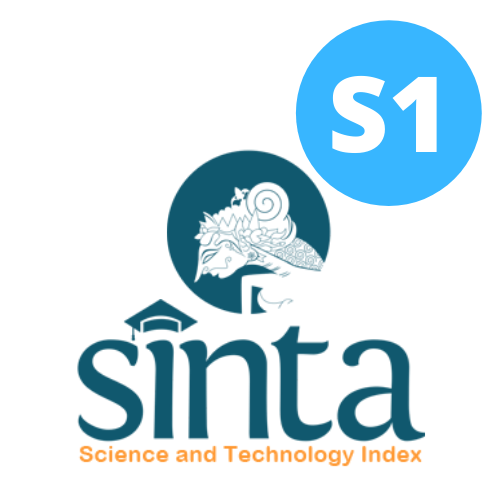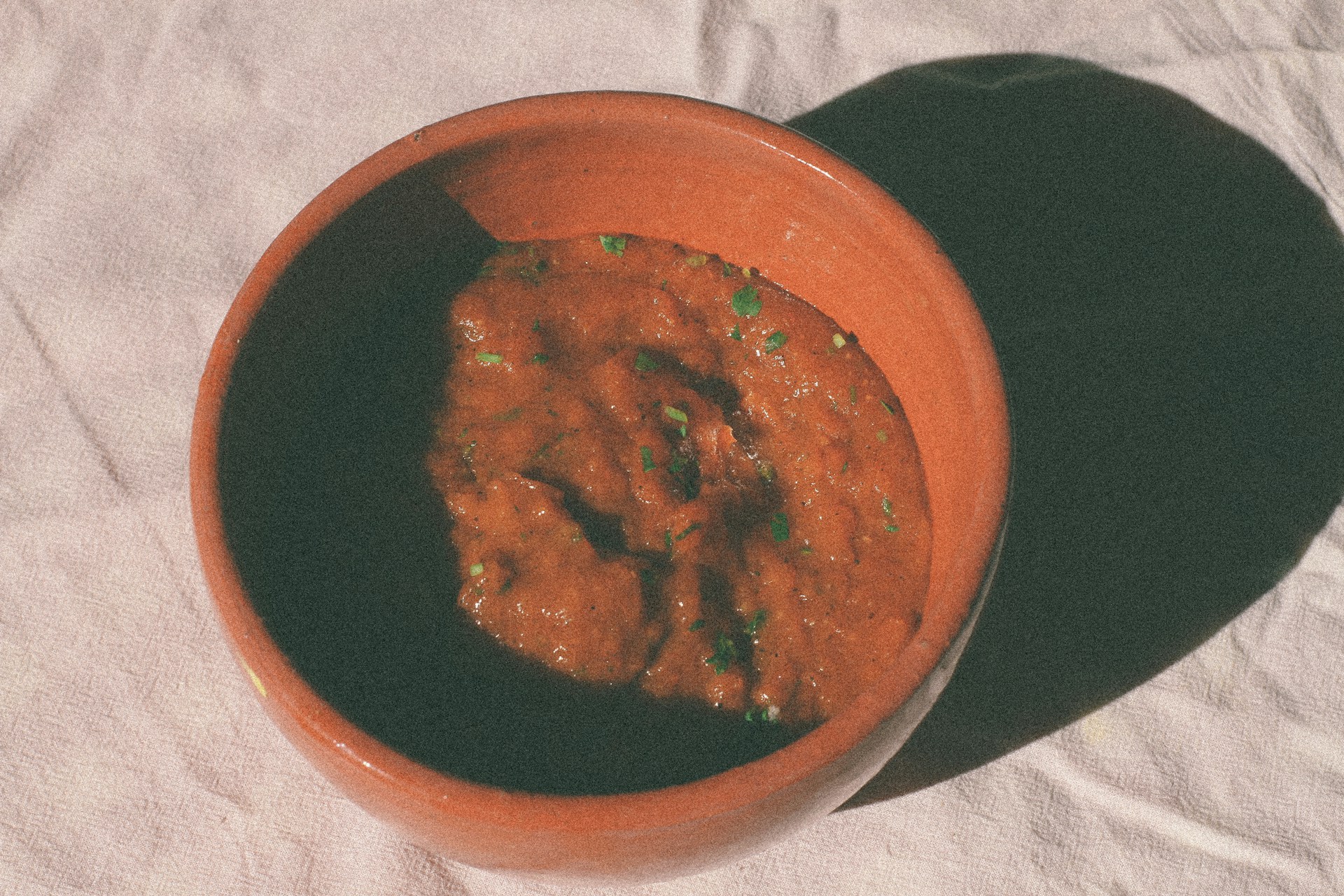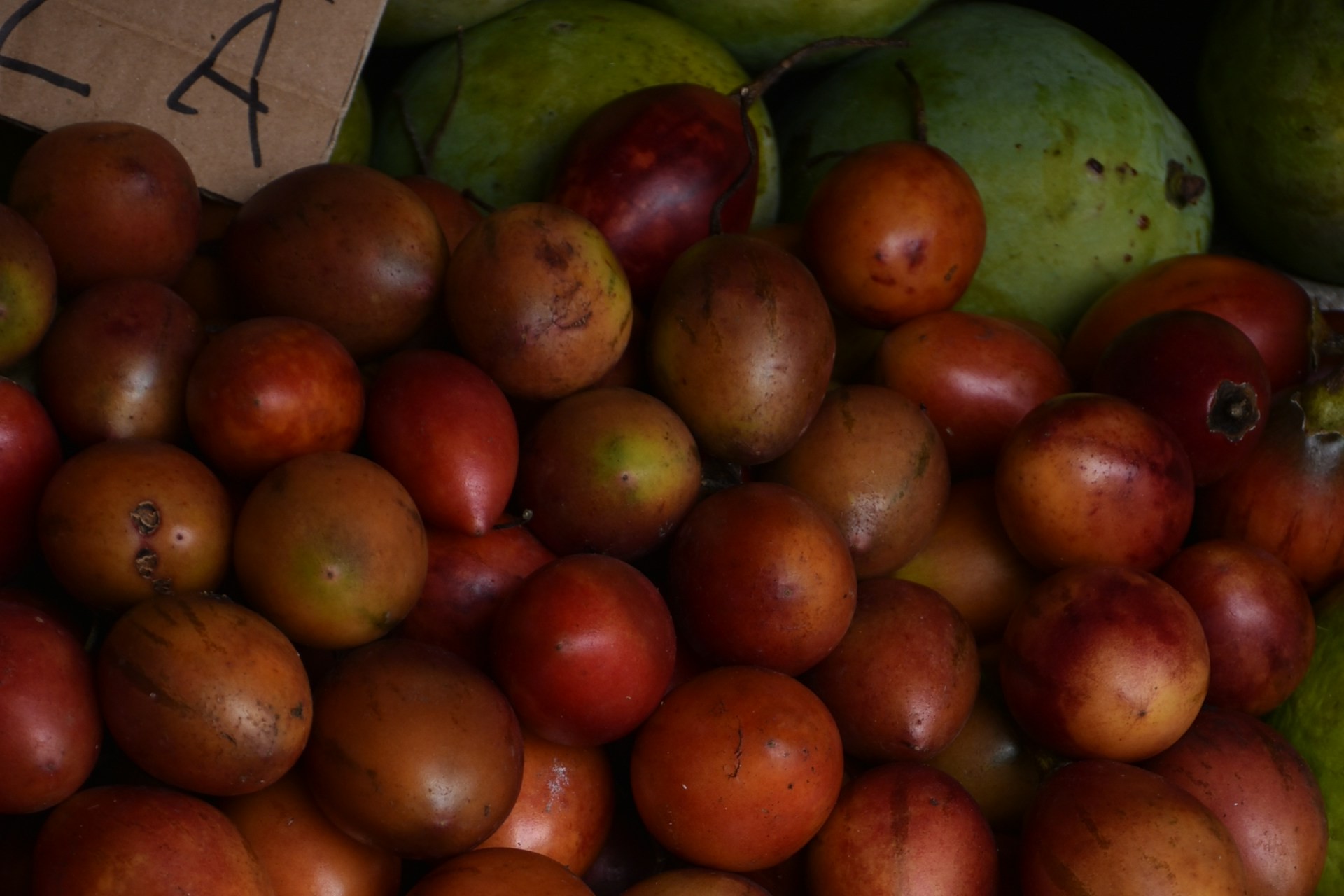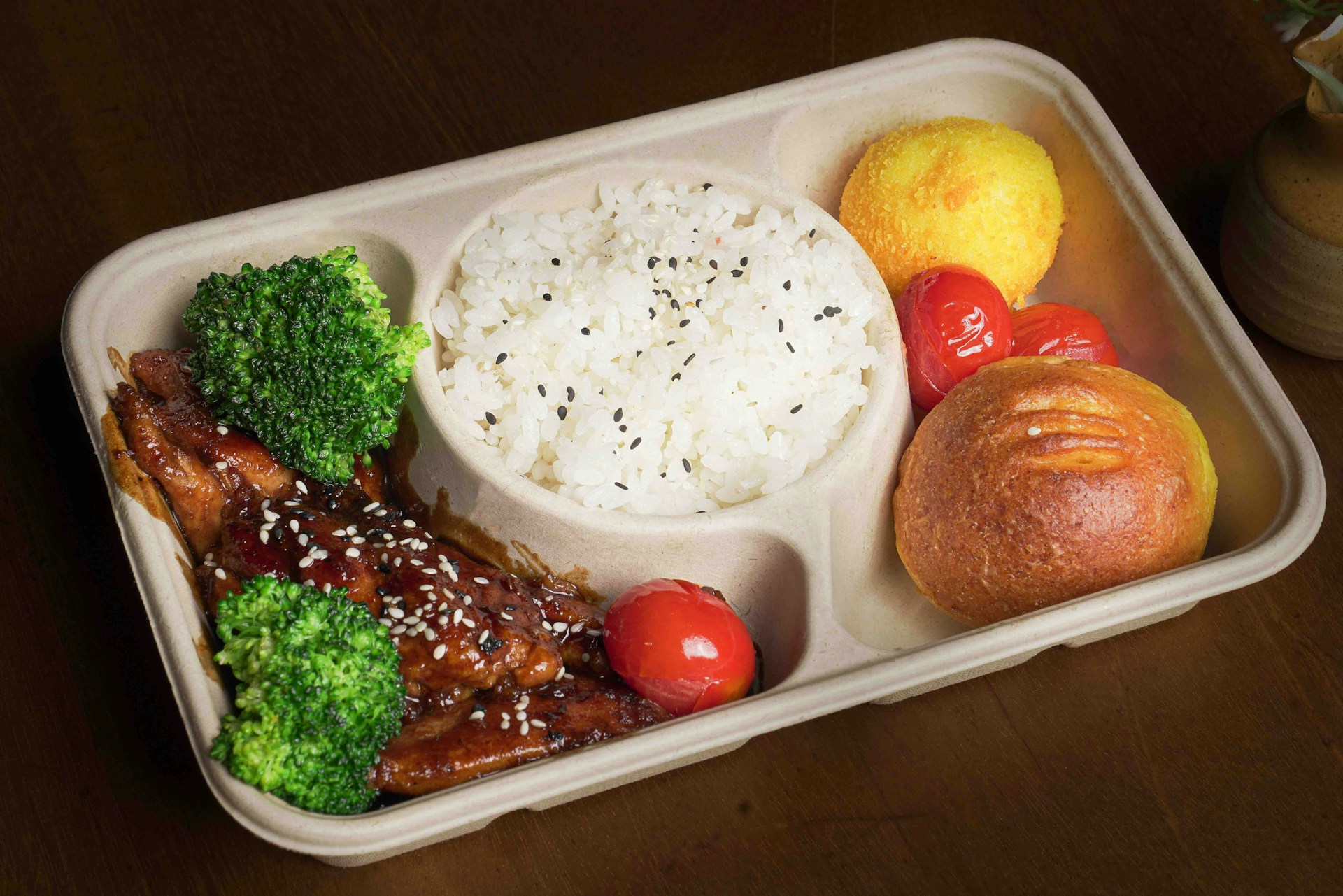Evaluation of Patient Satisfaction with Nutrition Installation Services at PKU Muhammadiyah Gamping Hospital Yogyakarta, Indonesia
Evaluation of Patient Satisfaction with Nutrition Installation Services
Background: Patient satisfaction with food is influenced by many factors. In addition to the quality and presentation of the food, psychological factors such as patient perception and expectations and social factors such as culture and the dining environment also play a significant role. An effective food delivery system, encompassing menu planning and distribution, is crucial for meeting patient expectations.
Objectives: This study aims to evaluate patient satisfaction with nutritional services at PKU Muhammadiyah Gamping Hospital Yogyakarta.
Methods: This study method is quantitative, using a questionnaire consisting of 44 questions adopted from Schiavone et al. (2019) and (ACHFPSQ) (2005), which was analysed with SPSS. The respondents were patients treated at PKU Muhamadiyah Gamping Hospital Yogyakarta.
Results: According to Schiavone, the average patient satisfaction with food quality is 3.64±0.83, and according to ACHFPSQ, it is 3.64±0.873. The highest rating for food being made and distributed safely and controlled is 4.28±0.573, while the lowest rating for expectations for hospital food quality is 2.38±0.862. According to Schiavone, the average patient satisfaction with food service is 4.12±0.596, and according to ACHFPSQ, it is 4.45±0.486. The highest score is for the officer who delivers food neatly and cleanly, at 4.64±0.5. The lowest rating is for comparing the current food service quality with previous treatment experiences, at 3.50±0.723.
Conclusions: The research findings indicated that patients exhibited satisfaction with the comprehensive nutrition services. Nevertheless, some areas require enhancement, particularly in healthy menu options and food taste quality.
OECD & Organization, W. H. Improving Healthcare Quality in Europe Characteristics, Effectiveness and Implementation of Different Strategies. (OECD Publishing, 2019).
Farmer, N. & Cotter, E. W. Well-Being and Cooking Behavior: Using the Positive Emotion, Engagement, Relationships, Meaning, and Accomplishment (PERMA) Model as a Theoretical Framework. Frontiers in Psychology 12, (2021).
Osman, N. S. & Md Nor, N. A Conceptual Model of Developing a Measurement Tool for Hospital Food Service Operation in Malaysia. E-BPJ 4, 49 (2019).
Gregoire, M. B. Quality of patient meal service in hospitals: Delivery of meals by dietary employees vs delivery by nursing employees. Journal of the American Dietetic Association 94, 1129–1134 (1994).
Jonsson, A., Nyberg, M., Jonsson, I. M. & Öström, Å. Older patients’ perspectives on mealtimes in hospitals: a scoping review of qualitative studies. Scandinavian Caring Sciences 35, 390–404 (2021).
Do Rosario, V. A. & Walton, K. Hospital Food Service. in Handbook of Eating and Drinking (ed. Meiselman, H. L.) 1–27 (Springer International Publishing, Cham, 2019). doi:10.1007/978-3-319-75388-1_74-1.
Pretirose, G. & Muafi, M. The influence of relationship conflict, employee turnover intention, and employee performance: Role of work burnout as a mediator. BRSS 3, 15–25 (2021).
Ardian, I., Haiya, N. N. & Azizah, I. R. Kualitas pelayanan keperawatan meningkatkan kepuasan dan loyalitas pasien. Nurscope 7, 86 (2022).
(Part 2) From Field to Bin_ The Environmental Impacts of U.S. Food Waste Management Pathways.pdf.
Bravi, L., Francioni, B., Murmura, F. & Savelli, E. Factors affecting household food waste among young consumers and actions to prevent it. A comparison among UK, Spain and Italy. Resources, Conservation and Recycling 153, 104586 (2020).
Saber, D., Aziza, R., Dreyer, S., Sanford, D. & Nadeau, H. Hospital Food Waste: Reducing Waste and Cost to our Health Care System and Environment. Online J Issues Nurs 27, (2022).
Cook, N., Collins, J., Goodwin, D. & Porter, J. A systematic review of food waste audit methods in hospital foodservices: development of a consensus pathway food waste audit tool. J Human Nutrition Diet 35, 68–80 (2022).
Vafaeenasab, M., Motealehi, A., Bahariniya, S., Raadabadi, M. & Safari, M. Evaluation of Patients’ Satisfaction with Food and Nutrition Service in Selected Hospitals Affiliated to Yazd Shahid Sadoughi University of Medical Sciences in 2016-2017. JNFS (2021) doi:10.18502/jnfs.v6i2.6066.
Lestari, R. H., Ayuningtyas, P. R., Pratiwi, A. A. & Prasetyo, A. Analisis Sisa Makanan terhadap Kepuasan Pelayanan Makanan pada Pasien Rawat Inap di Rumah Sakit Islam Jemursari Surabaya. MGK 12, 937–946 (2023).
Indrayani, N. & Ar, N. E. S. Kepuasan Pasien dalam Pelayanan Makanan di Rumah Sakit Umum Daerah Buton Utara. 2, (2023).
Teka, M. et al. Satisfaction with regular hospital foodservices and associated factors among adult patients in Wolaita zone, Ethiopia: A facility-based cross-sectional study. PLoS ONE 17, e0264163 (2022).
Rapo, S., Mattson Sydner, Y., Kautto, E. & Hörnell, A. Exploring patient satisfaction with hospital foodservice: A Swedish study using the Acute Care Hospital Foodservice Patient Satisfaction Questionnaire. Nutrition & Dietetics 78, 487–495 (2021).
Lai, H. & Gemming, L. Approaches to patient satisfaction measurement of the healthcare food services: A systematic review. Clinical Nutrition ESPEN (2021).
Schiavone, S., Pistone, M. T., Finale, E., Guala, A. & Attena, F. Patient Satisfaction and Food Waste in Obstetrics And Gynaecology Wards. PPA Volume 14, 1381–1388 (2020).
Stefanini, A., Aloini, D., Gloor, P. & Pochiero, F. Patient satisfaction in emergency department: Unveiling complex interactions by wearable sensors.
Rachmawati, A. D. & Afifah, C. A. N. Tingkat Kepuasan Pasien Rawat Inap terhadap Penyajian dan Pelayanan Makanan Di Rumah Sakit. 1, (2021).
Pibriyanti, K. et al. Comparative analysis of food service satisfaction and nutritional adequacy between private hospitals and academic hospitals in patients with non-communicable diseases. 9, (2024).
Fluitman, K. S. et al. Poor Taste and Smell Are Associated with Poor Appetite, Macronutrient Intake, and Dietary Quality but Not with Undernutrition in Older Adults.
McCray, S., Maunder, K., Krikowa, R. & MacKenzie-Shalders, K. Room Service Improves Nutritional Intake and Increases Patient Satisfaction While Decreasing Food Waste and Cost. Journal of the Academy of Nutrition and Dietetics 118, 284–293 (2018).
Romadloni, P. R. & Setianto, B. HUBUNGAN KARAKTERISTIK PASIEN DENGAN TINGKAT KEPUASAN PENYAJIAN MAKANAN (STUDI DI RUANG ISOLASI COVID-19 RUMAH SAKIT ISLAM SURABAYA A. YANI).
Tanuwijaya, L. K., Novitasari, T. D., Arfiani, E. P., Wani, Y. & Wulandari, D. E. Kepuasan Pasien Terhadap Variasi Bahan Makanan di Rumah Sakit. 8, (2019).
Aminuddin, N. F., Kumari Vijayakumaran, R. & Abdul Razak, S. Patient Satisfaction With Hospital Food service and its Impact on Plate Waste in Public Hospitals in East Malaysia. Hosp Pract Res 3, 90–97 (2018).
Azizah, A. Z., Darni, J. & Naufalani, M. D. Perbedaan Tingkat Kepuasan Makan Pasien Di Rumah Sakit Bersertifikat Halal Dengan yang Belum Bersertifikat Halal. ghidza 3, 25–32 (2020).
Budiman, C. & Achmadi, H. The Effect of Marketing Mix on Patients’ Satisfaction and Loyalty in Hospital Inpatients.
Weraman, P., Kurniawan, W., Mahendika, D., Handajani, S. & Umar, E. Relationship Between Patient Satisfaction from Food Quality and Health Clinic Cleanliness. jppipa, pendidikan ipa, fisika, biologi, kimia 9, 10740–10749 (2023).
Okpara-Ijeruh, J. et al. Assessment of the Level of Patient Satisfaction with Obstetric Sonography in Port Harcourt, Rivers State, Nigeria. Critical Care Obstetrics and Gynecology (2019).
Aminuddin, N. F., Kumari Vijayakumaran, R. & Abdul Razak, S. Patient Satisfaction With Hospital Food service and its Impact on Plate Waste in Public Hospitals in East Malaysia. Hosp Pract Res 3, 90–97 (2018).
Oktaviani, A., Afrinis, N. & Verawati, B. HUBUNGAN CITA RASA DAN VARIASI MENU MAKANAN DENGAN SISA MAKANAN LUNAK PADA PASIEN RAWAT INAP DI RSUD TELUK KUANTAN. 4, (2023).
Handbook of Eating and Drinking: Interdisciplinary Perspectives. (Springer International Publishing, Cham, 2020). doi:10.1007/978-3-030-14504-0.
Copyright (c) 2025 Amerta Nutrition

This work is licensed under a Creative Commons Attribution-ShareAlike 4.0 International License.
AMERTA NUTR by Unair is licensed under a Creative Commons Attribution-ShareAlike 4.0 International License.
1. The journal allows the author to hold the copyright of the article without restrictions.
2. The journal allows the author(s) to retain publishing rights without restrictions
3. The legal formal aspect of journal publication accessibility refers to Creative Commons Attribution Share-Alike (CC BY-SA).
4. The Creative Commons Attribution Share-Alike (CC BY-SA) license allows re-distribution and re-use of a licensed work on the conditions that the creator is appropriately credited and that any derivative work is made available under "the same, similar or a compatible license”. Other than the conditions mentioned above, the editorial board is not responsible for copyright violation.








































